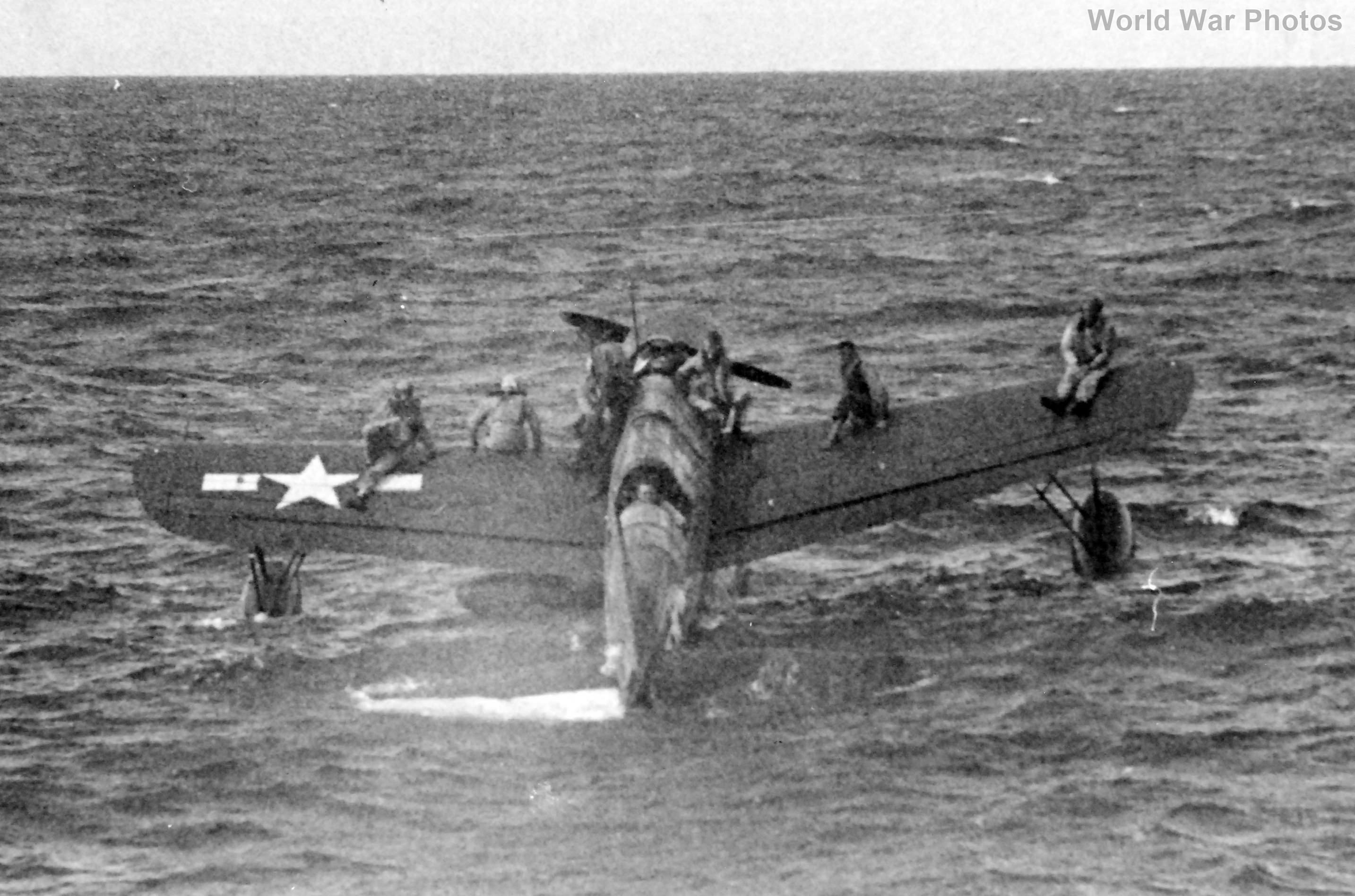Aircraft was sunk by gunfire by the rescue submarine USS Tang
The US Navy’s air-sea rescue operations were an essential component of their overall strategy to protect and recover downed aircrew during World War II. These operations highlighted the Navy’s commitment to saving the lives of highly trained pilots and airmen, whose expertise was crucial for the success of ongoing air campaigns. This approach was in sharp contrast to the Imperial Japanese Navy, which suffered from a rapid decline in the quality of its aircrew due to a lack of effective rescue and preservation efforts.
The US Navy relied on two primary methods for rescuing downed airmen: lifeguard submarines and spotter aircraft like the Kingfisher floatplanes.
Lifeguard Submarines:
Lifeguard submarines were stationed in waters near enemy-held islands to recover airmen who had been forced to ditch their planes during air raids. These submarines served a dual purpose—rescuing downed airmen and engaging enemy ships in the vicinity. For example, during operations around Truk Atoll, lifeguard submarines sank several enemy vessels, including the light cruiser Agano.
Before major air raids, like the February and April 1944 raids on Truk, lifeguard submarines were positioned in arcs around the target to avoid friendly fire and ensure that damaged aircraft could reach them. During these missions, US Navy aircrews were briefed on the submarines’ locations so they could ditch near them if necessary. In total, 48 downed airmen were rescued during these raids—20 in February and 28 in April.
Spotter Aircraft:
Originally intended for reconnaissance and gunnery spotting, OS2U Kingfisher floatplanes from US Navy battleships and cruisers were repurposed for air-sea rescue missions. Slow and vulnerable, these planes could only be used in areas where the US had established air superiority and outside of enemy gunfire range. Nevertheless, they proved highly effective for rescuing aircrew in distress.
One of the most remarkable rescues occurred during the February raid on Truk, when a Kingfisher rescued a fighter pilot shot down inside the lagoon. The rescue was contested by the Japanese destroyer Fumizuki, but nine US Hellcats strafed the destroyer until it retreated, allowing the Kingfisher to complete the rescue.
In another instance, during the April raid, a Kingfisher rescued the three-man crew of a downed Avenger. When the floatplane capsized in rough waters, a second Kingfisher was dispatched, successfully retrieving all five survivors (the crew of the first Kingfisher and the Avenger). The Kingfisher then taxied through the reef, towing a raft until it could rendezvous with the USS Tang, which completed the rescue. The Tang set a record by rescuing 22 airmen over two days—April 30 and May 1, 1944.
Impact of Air-Sea Rescue Operations:
These operations underscored the US Navy’s commitment to preserving its skilled aircrews, directly contributing to its ability to maintain a high level of airpower throughout the Pacific War. By recovering downed pilots and airmen, the Navy ensured that it could field experienced crews for future missions, which played a vital role in its overall success.
